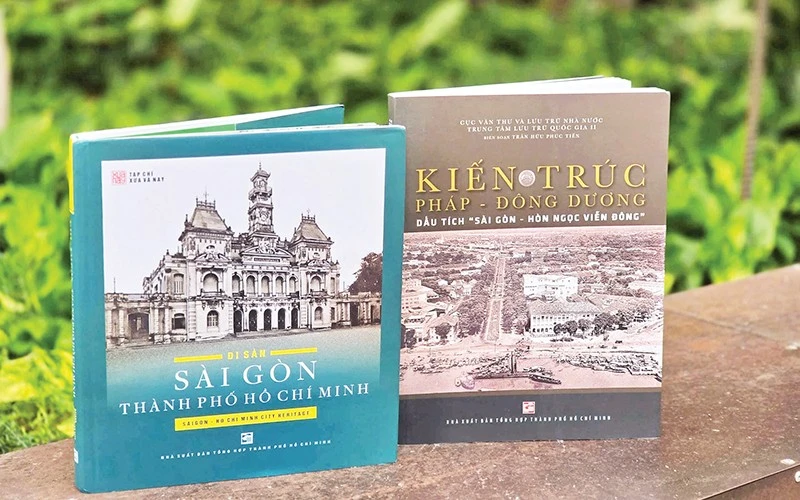
Covers of two books "Saigon- Ho Chi Minh City Heritage" and "French-Indochinese Architecture, Traces of Saigon-Pearl of the Far East".
The two works help readers have an overall view of the architecture and urban landscape of old Saigon, creating a connection between the past and present of today's Ho Chi Minh City.
Time and history have left precious cultural heritages for each land. The value of a land, city, or nation begins with the historical story and heritage passed down. Each heritage is a piece of the urban soul, an inseparable part of the city's history.
The two works introduced together reflect the architectural context and urban landscape of the old Gia Dinh-Saigon land, contributing to defining the strengths of Ho Chi Minh City in the modern period. The photo book “Saigon-Ho Chi Minh City Heritage” was produced by Ho Chi Minh City General Publishing House in collaboration with Xua va Nay Magazine.
The bilingual Vietnamese-English work includes more than 300 precious photos, comprehensively reflecting the history, culture and society of this land, including aerial photos and sketches of urban landscapes. In addition to architectural works such as administrative buildings, mansions, schools, hospitals, hotels, bridges, roads, ports, factories, plants, hotels, traditional markets, churches, pagodas, etc., the book also recreates ancient urban customs, such as traditional weddings, funerals, hát bội (traditional opera), Đôn ca tài tử (traditional music), folk games, and horse racing.
The book also introduces women's ao dai costumes, along with typical dishes of old Saigon sidewalk cuisine . According to journalist Nguyen Hanh, editor of the book "Saigon Heritage Ho Chi Minh City", the work aims to preserve and promote the value of cultural heritage, preserve historical vestiges and spread the value of heritage so that Ho Chi Minh City is worthy of its central role in many aspects of the country.
The book “French-Indochinese Architecture, Traces of Saigon-The Pearl of the Far East” was produced by the Department of State Records and Archives - National Archives Center II in collaboration with journalist and researcher Tran Huu Phuc Tien. The work recreates the process of the city entering the modern era, inheriting the foundation of ancient Gia Dinh, from the period of building a prosperous Saigon-The Pearl of the Far East to today's Ho Chi Minh City, one of the most dynamic and attractive cities in Vietnam and the region.
Mr. Tran Huu Phuc Tien said: “As a person born in Saigon, I studied history and worked as a journalist, so I am always curious to know and explore the history of the city's formation and development. Through studying the planning and typical architecture of Saigon before 1945, I realized that we are inheriting a valuable architectural heritage, a magnificent city, built from the blood, sweat and intelligence of many generations of ancestors. This further affirms that the title Saigon - Pearl of the Far East is correct and needs to be inherited and continued better.”
The work introduces the planning and construction process of Saigon from 1862-1945 with typical French-Indochinese architectural works. Among them, many architectures bear the mark of the fusion between Vietnam and France, between East and West, between classical and modern. For example, the Dragon House, the Central Post Office, the History Museum or Petrus Ky School, now Le Hong Phong High School for the Gifted. “They are “fairy tales”, “golden witnesses” of a heroic historical period, not only of Saigon but also of Vietnam and the world,” Mr. Tien emphasized.
Through two publications on the architectural heritage of Saigon-Ho Chi Minh City, Ho Chi Minh City General Publishing House hopes to help the younger generation better understand the city's urban memories. In the context of strong modernization, identifying and preserving heritage values from architecture, culture to people becomes necessary to preserve identity, creating a solid foundation for sustainable development. When understanding the "urban soul", the younger generation needs to be aware and take practical actions to preserve heritage, helping the past and present connect, and together create value for the future.
Source: https://nhandan.vn/hai-an-pham-quy-ve-di-san-kien-truc-sai-gon-post884131.html


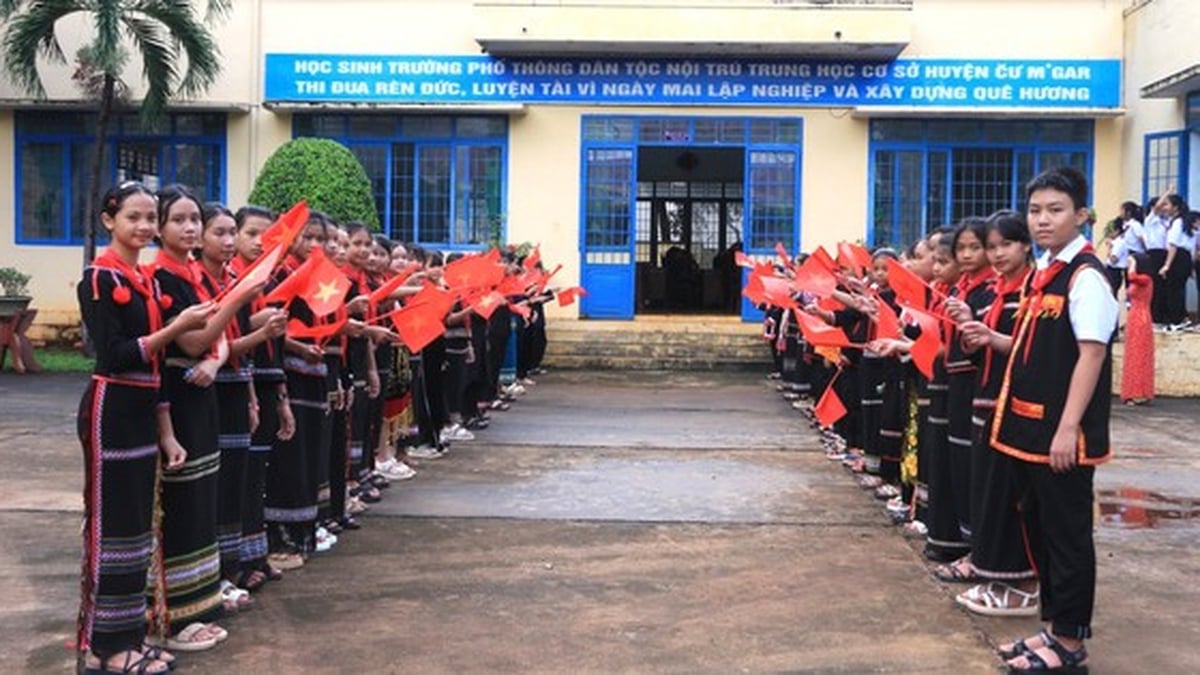






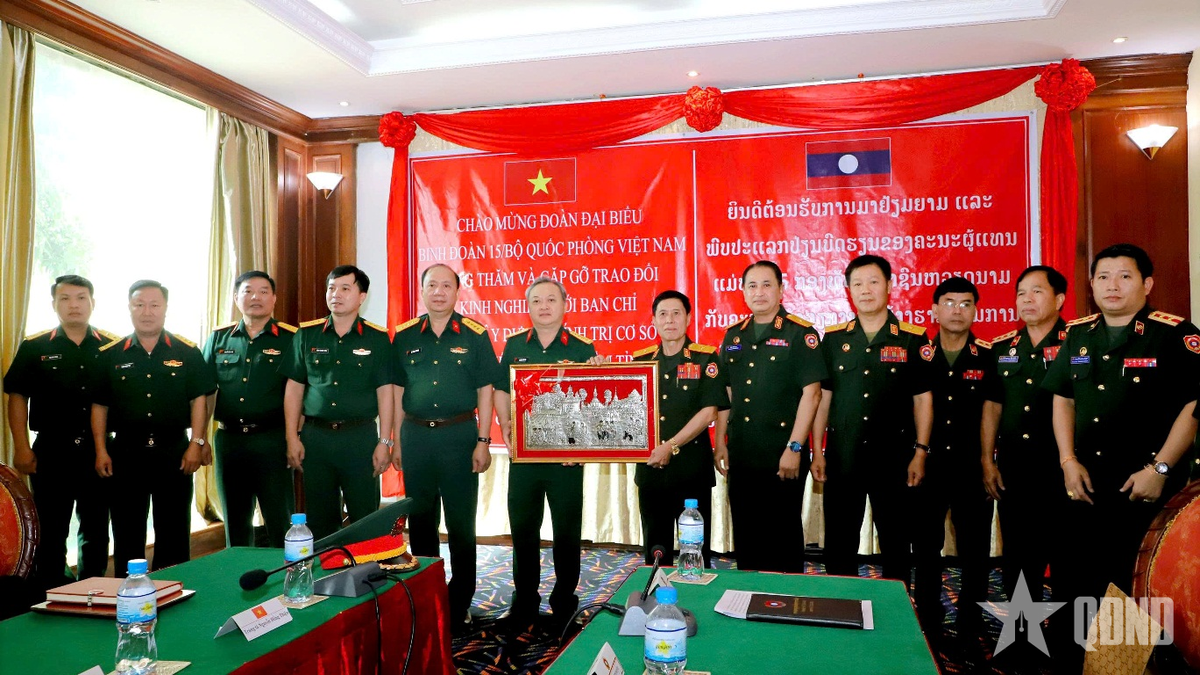






















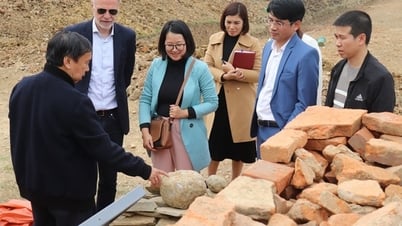

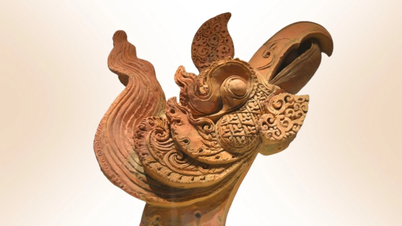



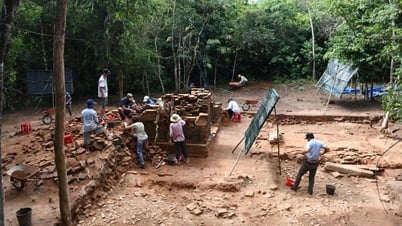
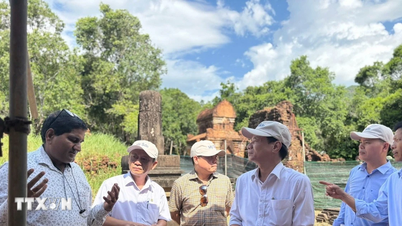










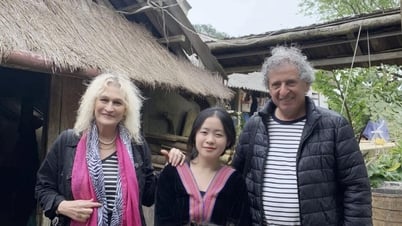
















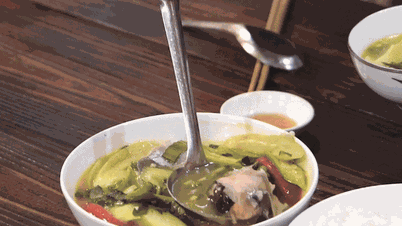




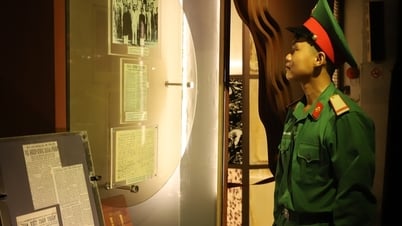
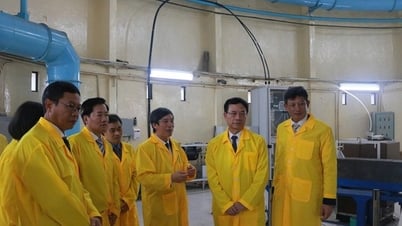

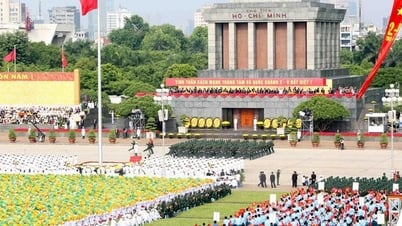
























Comment (0)